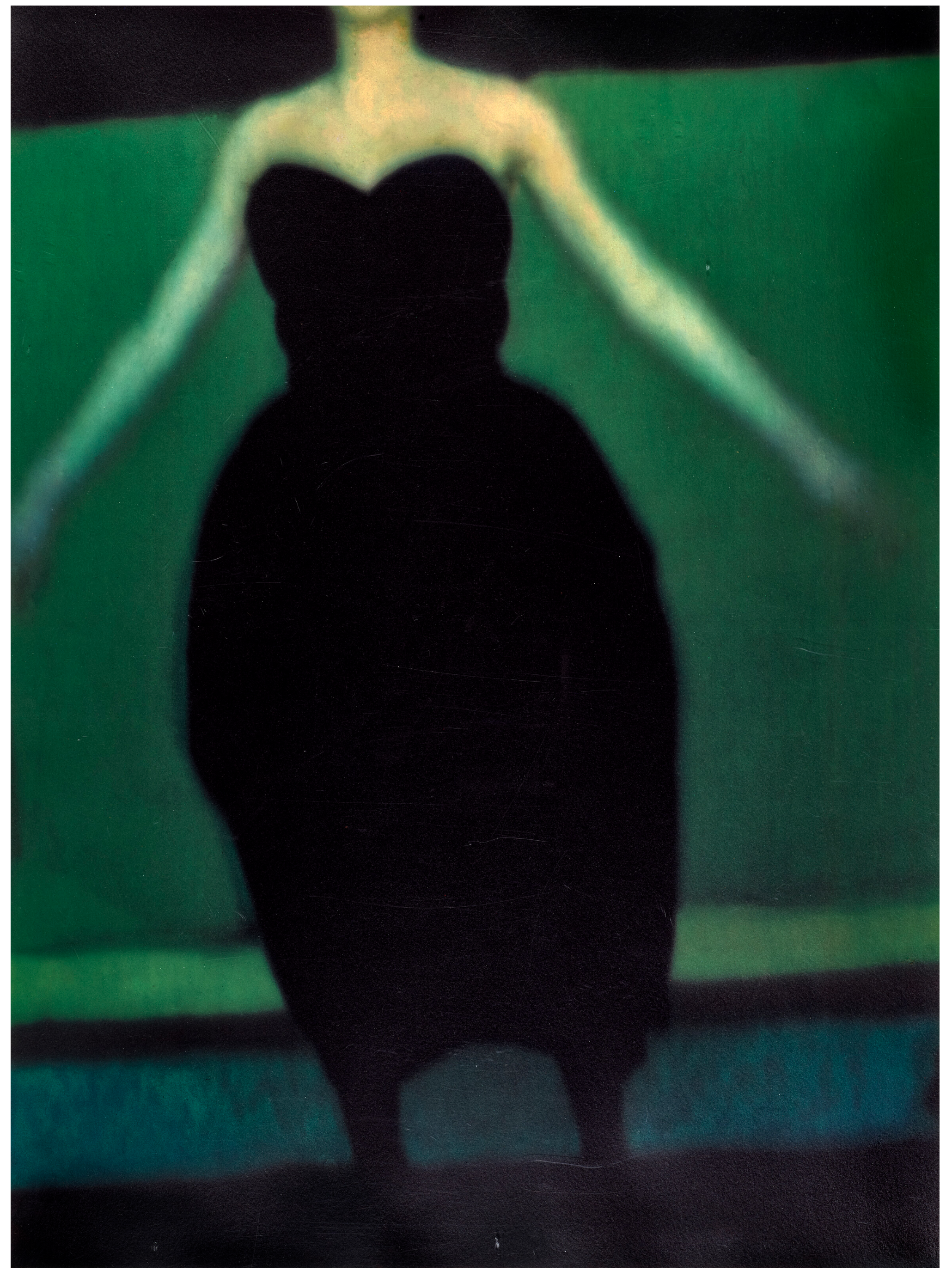
Sarah Moon: The Photographer of Ghostly Elegance and Fading Memories
Sarah Moon Robe à Pois, 1996
Images Courtesy of Sotheby’s
More than a photographer of style, Moon captures fleeting moments and subtle emotions, turning fashion imagery into quiet stories of presence and loss. She doesn’t just photograph clothes. She captures the silence after the spotlight dims.
Fashion 10 (N.Y. Times), 1998
Fashion #2, 1999
In certain photographs by Sarah Moon, nothing happens. A veil lifts. A hand folds a fabric. A girl in profile looks somewhere off-camera, and the image closes itself down like a whisper. These aren’t mistakes. This is what she wanted.
Moon was born Marielle Warin in 1941, in Vernon, France. She was Jewish, and during the war her family fled to England. This much she says. Not much more.She studied drawing, not photography. She modelled under another name. And one day in 1970, she put the modelling behind her and took the camera in both hands. It is not a unique story. It is just the one she never explained.
In the early 1970s, Moon was on assignment for Hermès. Instead of models, she shot a still life: a peacock wearing a watch. The bird—its feathers splayed, iridescent, absurd—stood in for the woman. The face. The gesture. It was both satire and replacement; a peacock to bear the weight of luxury. The bird’s iridescence was the model, its pride the pose. It was audacious, and quietly radical, a gesture missing from fashion’s usual lexicon.
The photograph was published. Hermès approved. Nobody asked why.
Composition as Erosion
Moon’s photographs are never about arrival. They are about things that passed five minutes earlier. Or things that never quite began. The light is thin. The details don’t resolve. Her Pirelli Calendar, made in 1972—the first shot by a woman—is remembered less for its sensuality than for what was missing: clarity, surety, bodies that spoke for themselves.
Moon doesn’t believe in documentation. She believes in the echo. “I want to photograph what I can’t see,” she once told a journalist. Which sounds romantic. It is not. It’s structural. Her subjects wear dresses, but the fabrics don’t fall right. Their hair dissolves at the ends. You get the sense that everything is slipping—the subject, the decade, the woman behind the lens.
La Robe Rouge, 2010
Mouette pour Comme des Garçons, 2007
The Frame as Mask The Silence Between Motions
She changed her name in 1970, too. Marielle became Sarah. Sarah Moon. The kind of name you don’t forget but can’t quite picture. The kind of name you invent when you’re still trying to figure out if what you left behind was a career or a disguise.
Moon never argued with the fashion industry. She simply gave it what it hadn’t asked for: mood instead of product. Not the dress, but the feeling of having worn it once, long ago, under strange lights, in a different life.
Most of her prints sit at the edge of legibility. Moon’s lens does not illuminate—it darkens. The subjects are half-seen, photographed as though through water or gauze. The colour is there, and then it isn’t. A photograph of a girl in tulle could be 1924, or last week look like dreams you only half remember when you wake.
Moon’s process is as austere as it is poetic. She arranges and then subtracts, applies blur and washes colour until the image is hovering between recognition and vanishing. "I would like to make a photo where nothing happens… something has to happen first," she once said. It reveals the paradox she inhabits: one event giving birth to another’s memory.
This is the genius of her photography: its afterlife lingers. It is not what is shown, but what is not shown that reverberates.
What Remains
In the late 1980s, Moon left the fashion world behind for good. She still worked. She published. She filmed. But the urgency had passed. The best images stayed with her—the ones where the moment hadn’t happened yet, and might never.
Sarah Moon is 83 now. She rarely appears in public. Her work is in collections, shown in Paris, New York, Tokyo. Critics talk about her light, her blur, her refusal to conform. But the most interesting thing is still the thing she doesn’t say.
In some photographs, the subject disappears completely. A sleeve remains. A shoe. The rest is suggestion.

“You look once. You think you saw it.
But you’re already forgetting.”
SARAH MOON Yael Raich, 1997




